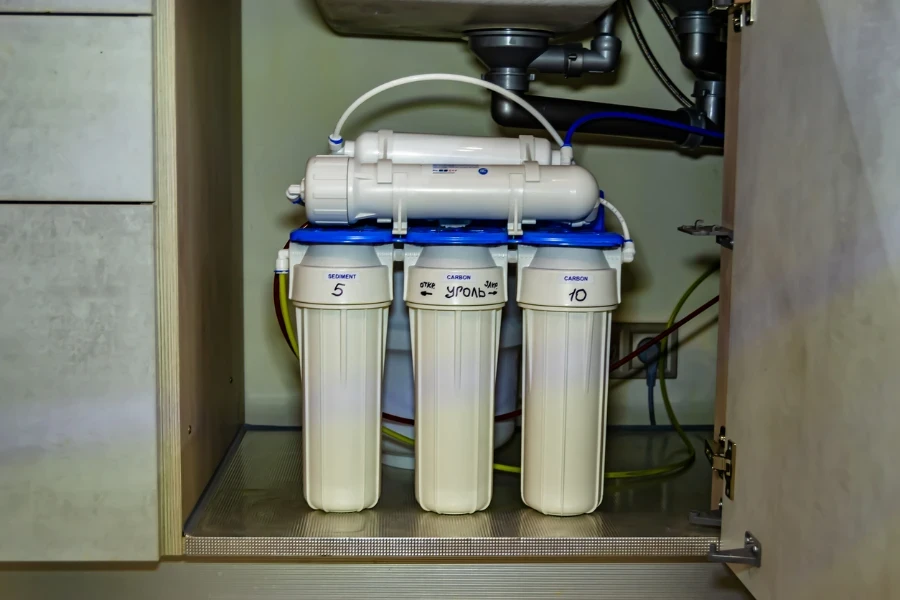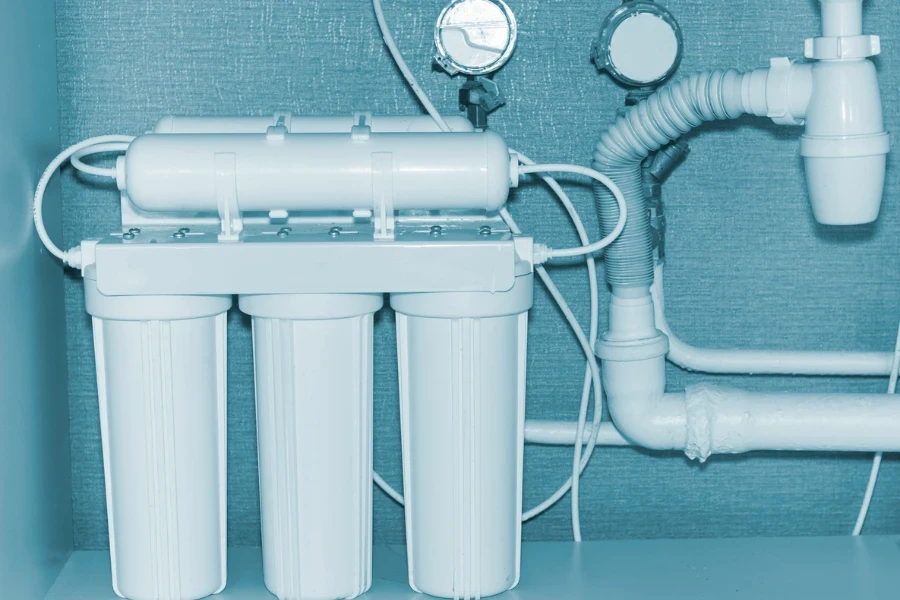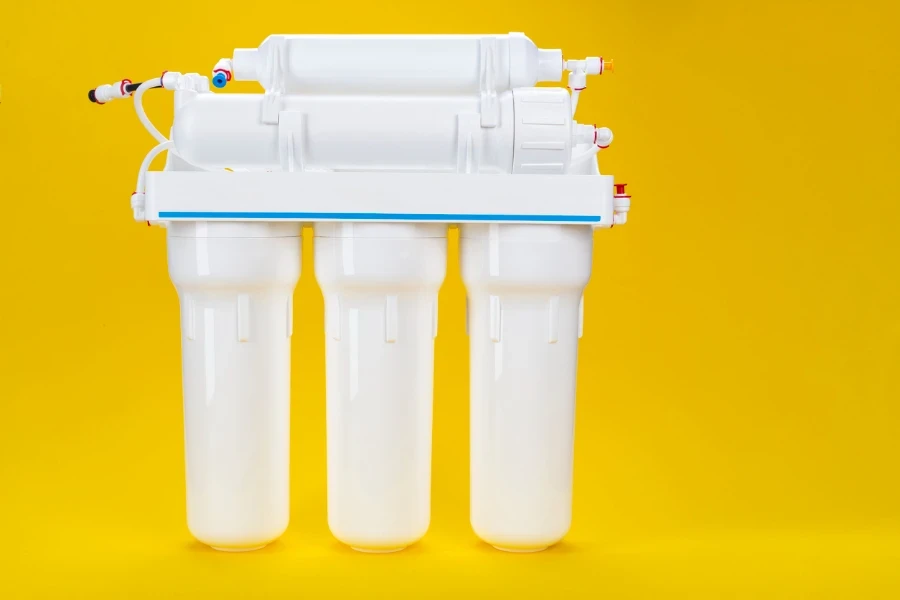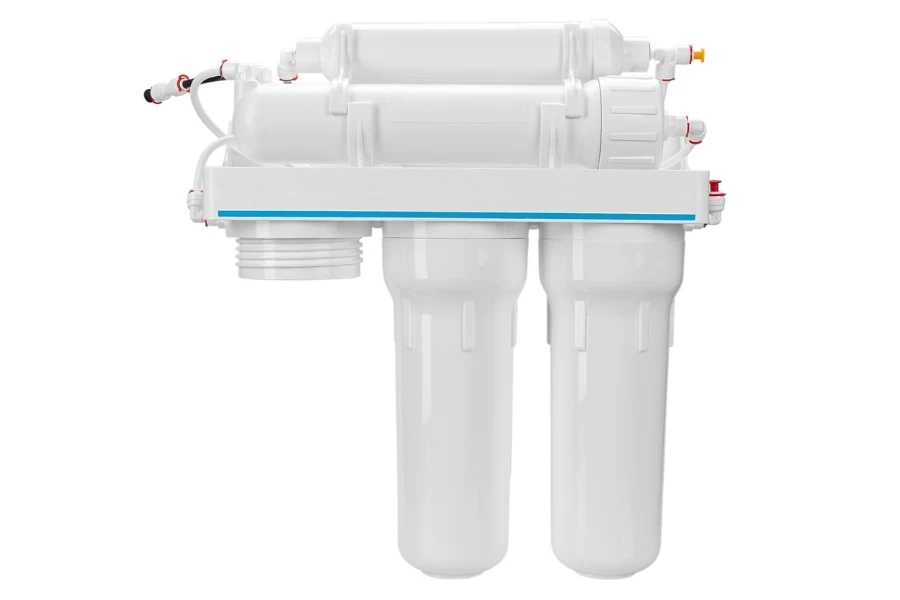The quest for pure, clean drinking water has led to the adoption of various filtration technologies, with reverse osmosis (RO) water filters standing out for their efficiency and effectiveness. This article delves into the essential aspects of reverse osmosis water filters, breaking down how they work, their benefits, maintenance requirements, cost considerations, and environmental impact. By unpacking these key areas, we aim to provide a thorough understanding that will aid in making an informed decision about whether a reverse osmosis water filter is the right choice for your water purification needs.
Table of Contents:
– How reverse osmosis water filters work
– The benefits of using a reverse osmosis water filter
– Maintenance requirements for reverse osmosis water filters
– Cost considerations of reverse osmosis water filters
– Environmental impact of reverse osmosis water filters
How reverse osmosis water filters work

Reverse osmosis water filters utilize a semi-permeable membrane to remove impurities from water. Water is forced through this membrane, which captures contaminants, allowing only clean water to pass through. This process effectively removes a wide range of pollutants, including sediments, bacteria, viruses, and chemicals. The operation of RO systems involves several stages of filtration, each designed to target specific contaminants, ensuring the output water is of the highest purity.
The initial stage typically involves a pre-filter, which removes larger particles like dirt and sediment. This is followed by the reverse osmosis process, where the bulk of the purification occurs. Finally, a post-filter polishes the water, removing any remaining taste and odor. The multi-stage approach ensures comprehensive water purification, addressing a broad spectrum of impurities.
Understanding the mechanics of reverse osmosis water filters is crucial for appreciating their effectiveness. The process is not instantaneous; it requires time to push water through the membrane. This slow and steady approach is key to achieving the high level of purity associated with RO filtered water.
The benefits of using a reverse osmosis water filter

One of the primary benefits of using a reverse osmosis water filter is the significant improvement in water quality. RO systems can remove up to 99% of dissolved salts (ions), particles, colloids, organics, bacteria, and pyrogens from the feed water. The result is water that is not only safe to drink but also has a better taste.
Another advantage is the reduction of health risks associated with contaminated water. By effectively removing harmful contaminants, RO filters can prevent diseases and health issues linked to waterborne pollutants. This aspect is particularly important in areas where water quality is a concern.
Moreover, reverse osmosis water filters are beneficial for people with specific dietary needs or health conditions that require the consumption of water with low sodium, lead, and other dissolved minerals. By providing access to clean, purified water, these systems support overall health and well-being.
Maintenance requirements for reverse osmosis water filters

Maintaining a reverse osmosis water filter is essential for ensuring its longevity and efficiency. Regular maintenance tasks include replacing the pre and post-filters according to the manufacturer’s recommendations, usually once every 6 to 12 months. The RO membrane, which is the heart of the system, typically requires replacement every 2 to 3 years, depending on water usage and the quality of the feed water.
It’s also important to regularly check the system for leaks and to sanitize the water storage tank annually. This helps prevent the growth of bacteria and ensures the system operates effectively. While maintenance may seem daunting, most tasks can be easily performed without professional help, making RO systems a practical option for many households.
Cost considerations of reverse osmosis water filters

The initial cost of a reverse osmosis water filter can vary widely, depending on the system’s size, capacity, and features. However, it’s important to consider not just the upfront cost but also the long-term expenses related to maintenance and replacement filters. While RO systems do require an ongoing investment, the cost is often offset by the savings from not purchasing bottled water.
Additionally, investing in a high-quality RO system can lead to lower maintenance costs over time. Cheaper systems may have lower initial prices but can become more expensive due to frequent filter replacements and potential issues with system integrity. Therefore, considering the total cost of ownership is crucial when evaluating different reverse osmosis water filters.
Environmental impact of reverse osmosis water filters

While reverse osmosis water filters provide numerous benefits, it’s important to consider their environmental impact. One of the main concerns is water wastage. RO systems discharge water containing the filtered contaminants, which can contribute to water wastage. However, many modern systems are designed to minimize this, making them more environmentally friendly.
Moreover, using an RO system reduces reliance on bottled water, which has a significant environmental footprint due to plastic waste and the resources required for production and transportation. By providing a sustainable source of clean water, reverse osmosis water filters can play a part in reducing the environmental impact associated with bottled water consumption.
Conclusion:
Reverse osmosis water filters offer a reliable solution for accessing clean, purified water. By understanding how they work, their benefits, maintenance requirements, cost considerations, and environmental impact, individuals can make an informed decision about incorporating these systems into their lives. While the initial investment and ongoing maintenance may seem daunting, the health and environmental benefits they provide make reverse osmosis water filters a worthwhile consideration for those seeking high-quality drinking water.



